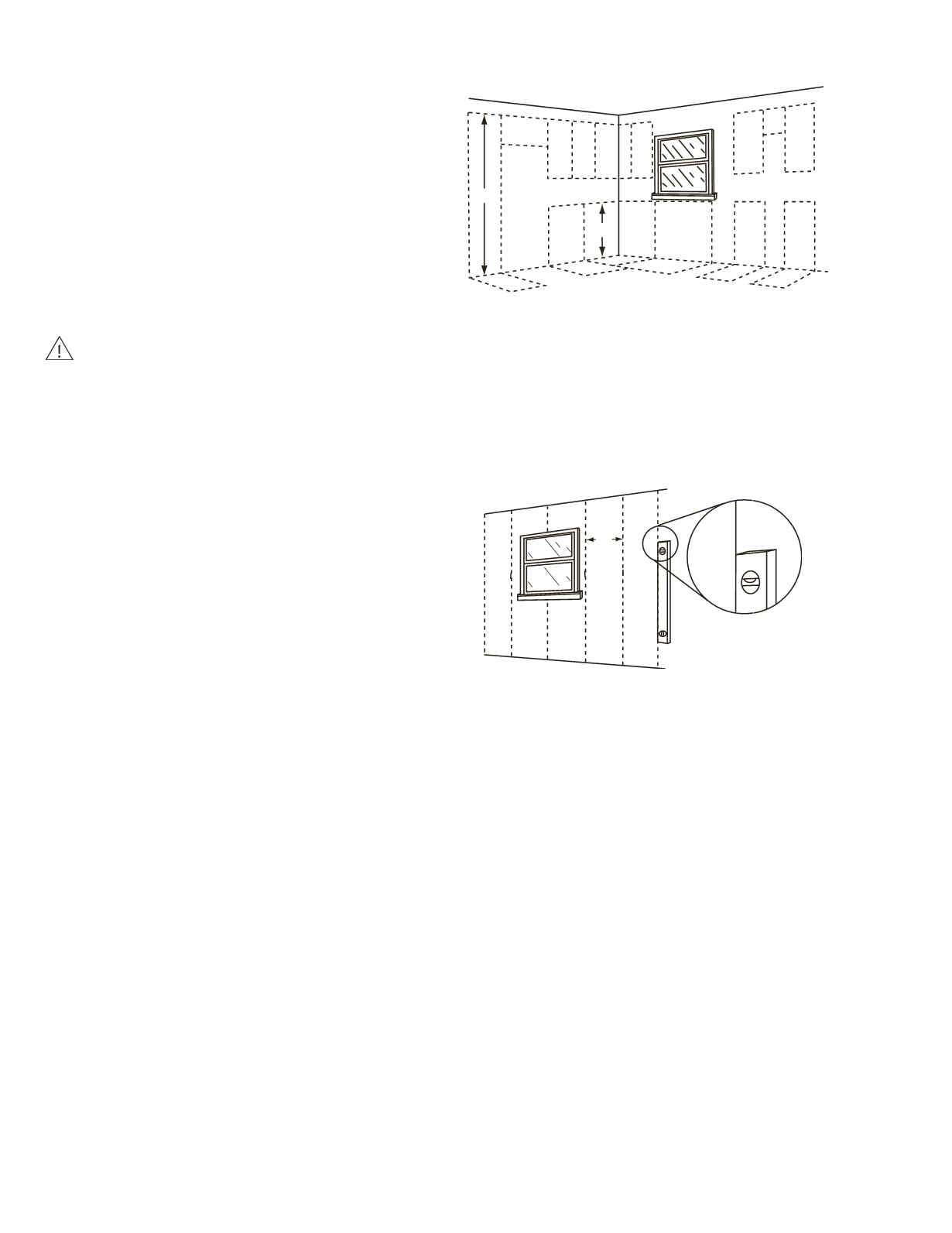

12
X. MARKING YOUR LAYOUT ON THE WALLS AND FLOOR
We recommend that you draw your cabinet
layout on the walls and floor prior to installation.
This ensures that everything has been measured
properly, everything will fit properly and no
further adjustments need to be made. Start at the
high point of the floor.
A. Measure and mark on the floor the width and
depth of base cabinets, tall cabinets and
fillers according to your layout.
B. Measure and mark on your walls the height and
width dimensions of the wall cabinets, base
cabinets, tall cabinets and fillers according to
your layout.
MAKE SURE THESE LINES ARE ALL DRAWN PLUMB, LEVEL AND SQUARE AS THEY ARE REPRESENTING THE
ACTUAL CABINET INSTALLATION.
XI. FINDING STUDS IN THE WALL
To find studs in the wall, you can either use a
stud finder by moving it slowly along the wall in a
horizontal direction or lightly tap the wall with a
hammer until you hear a solid sound. This would
indicate where a stud might be located. To verify
this, you can drive a small finishing nail into the
wall to see if you hit something solid, being safe
to notice electrical outlet locations. Make sure to
do this is in an area where your new cabinets will
be installed. Standard stud placement is 16” from
center to center.
Mark all stud locations on every wall where
cabinets are to be installed. This ensures the
cabinetry installation is plumb. To confirm studs
line up with marks, randomly nail small finishing
nails to verify stud placement.
AFTER THESE STEPS ARE TAKEN, YOUR WALLS AND FLOORS SHOULD BE PREPPED FOR THE
INSTALLATION OF YOUR BRAND NEW CABINETRY.
84"
34
1
/
2
"
16"


















